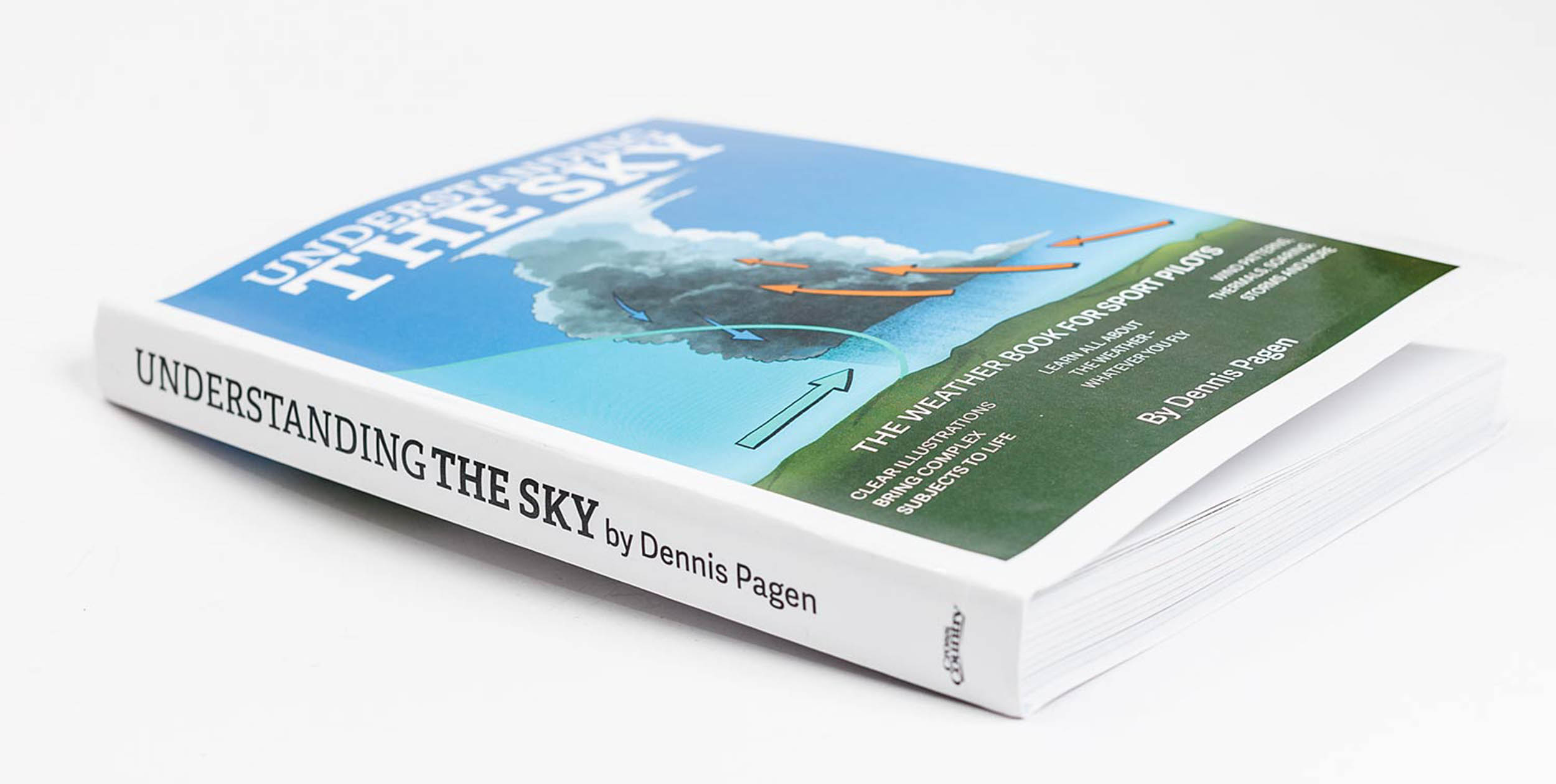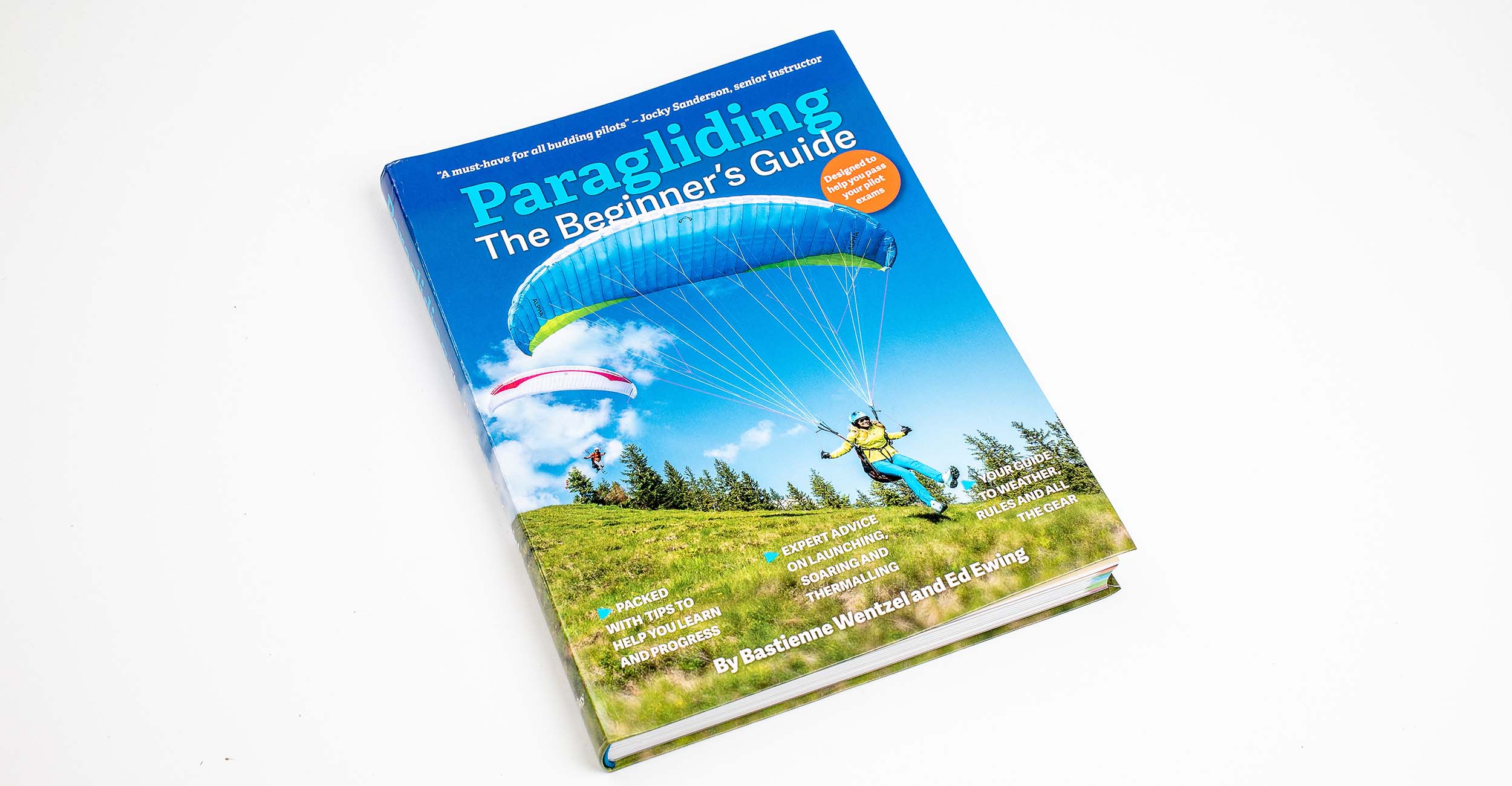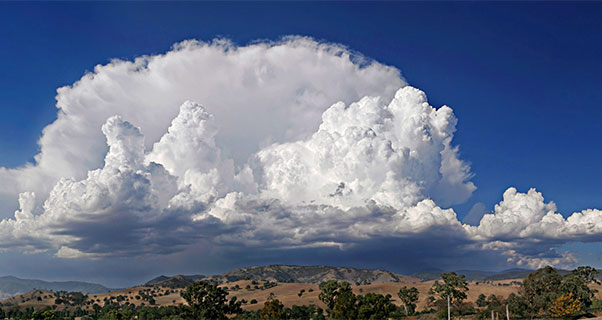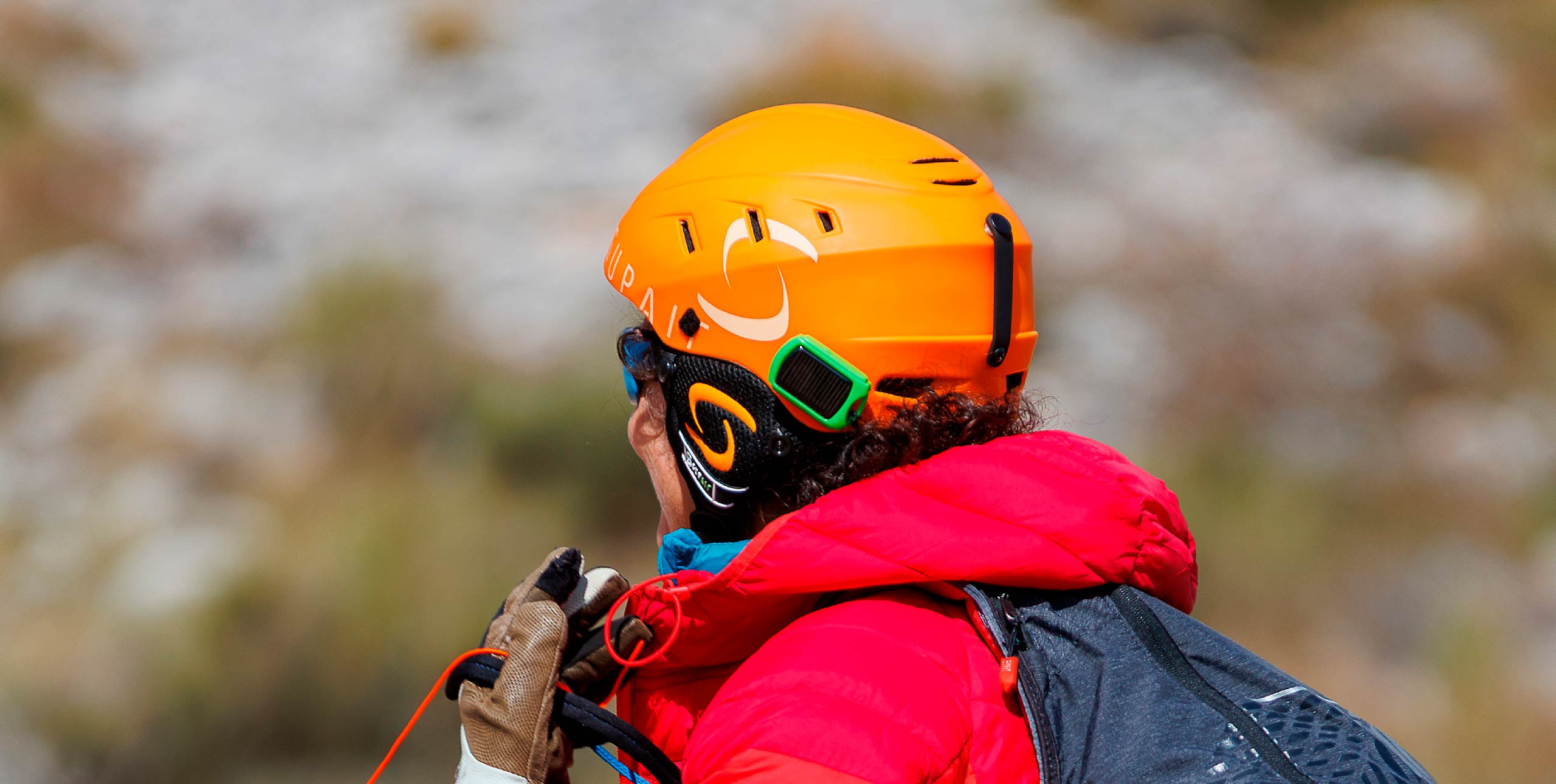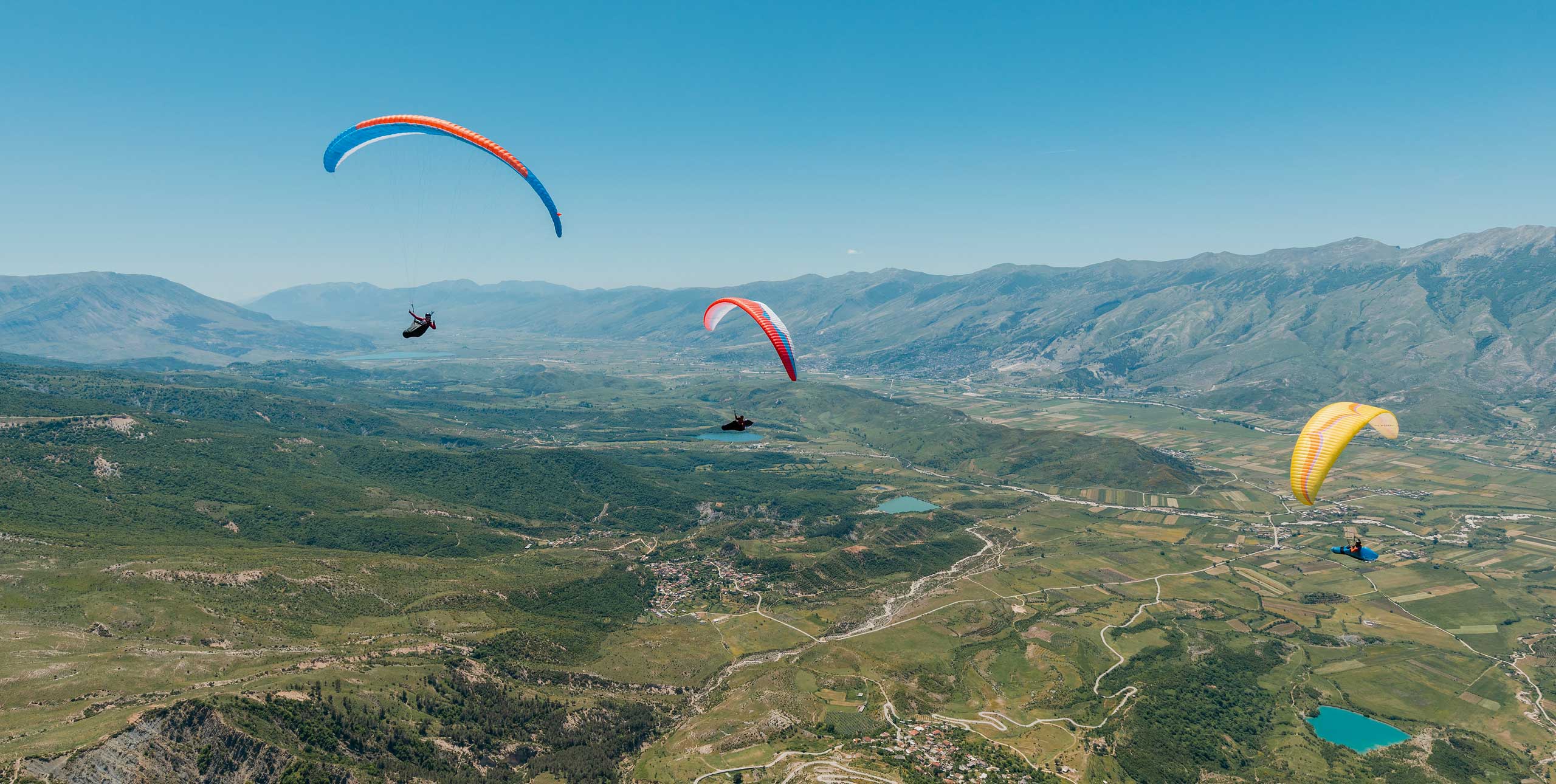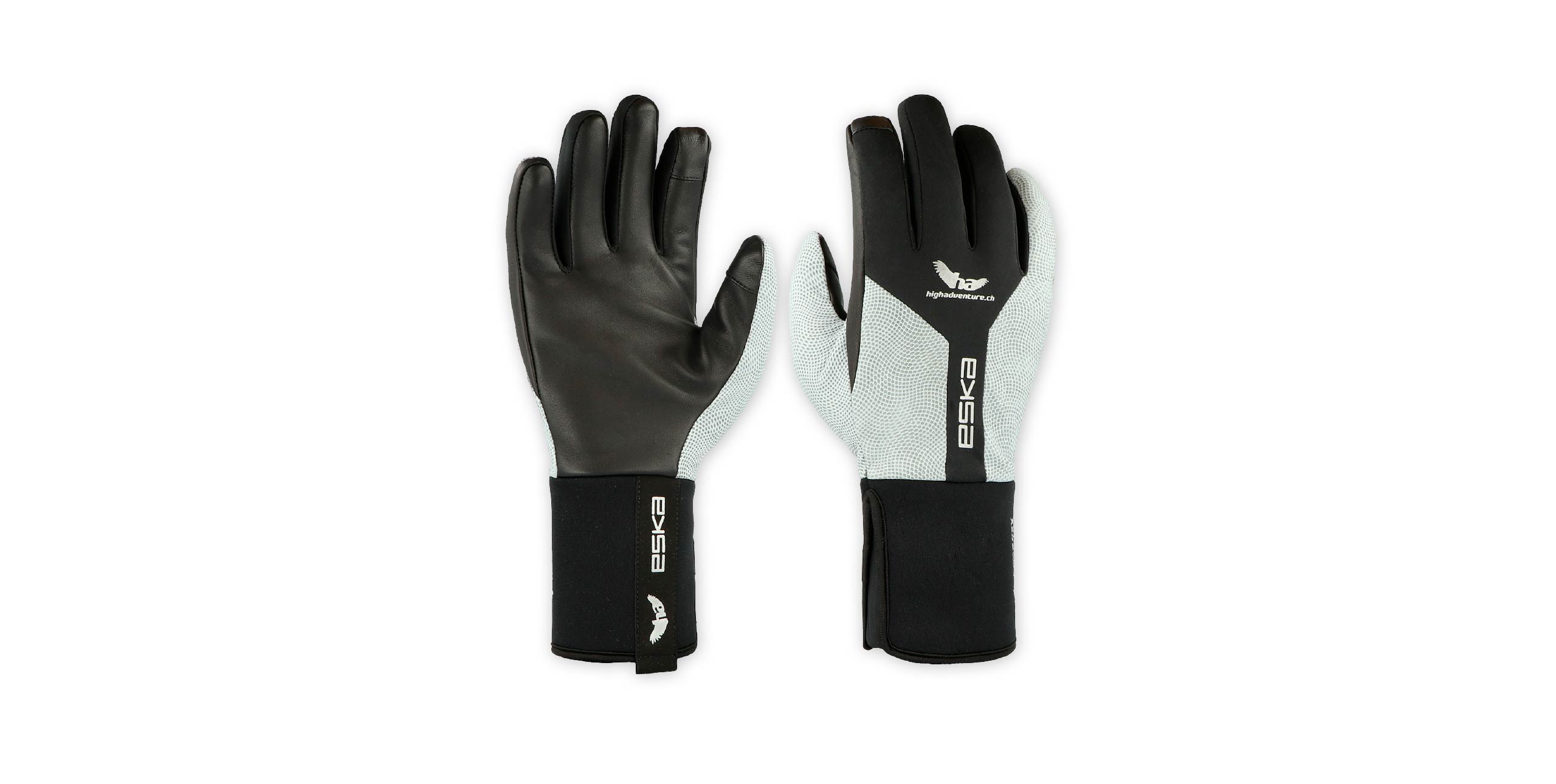Climate change explained, by National Geographic
2003 was the best flying summer the Alps have known. Record-breaking conditions, cloud bases for the first time rising above 5,000m, enabling top landings on Mt Blanc. But conditions got stronger, more hectic than we’ve known before. This year, more people got hurt and killed than before. Is this the trend to come? Former hang glider pilot and University of Cape Town meteorologist Dr Bruce Hewitson tells Jaco Wolmarans to buckle up. It’s going to get worse. Published in Cross Country magazine in 2004
Bruce Hewitson is glued to his double computer screens, where continuous number-crunching confirms that watching global weather patterns is a numbers-and-more-numbers game. He quotes statistics from the last 1000 years, for example, to show how globally, weather patterns have changed.
“Measured against the last 1000 years, the last 150 years’ weather has been unprecedented,” he says. “The key is the industrial revolution, the principal cause of most of the global warming. It was caused by humans, and now we are bearing the consequences.”
The World Meteorological Organisation has even issued a report recently warning about the unusual worldwide weather, and lays the blame squarely at the door of global warming. This is extraordinary for the normally conservative organisation, says Bruce, and indicates the seriousness of the matter.
The change in our atmosphere is brought about by increases in mainly carbon dioxide through fossil fuel burning. Earth is approaching doubled pre-industrial levels of carbon dioxide in the atmosphere. As a consequence, the energy in the atmosphere is changing. This manifests in temperature rises and changes in weather intensity and variability.
“Weather has a natural variability. It’s normal. A single event like the hot summer over Europe this year cannot be directly attributed to global warming. But we can say that the ’normal’ climate has changed. Our averages and changes in variability over the last 30 years show that there is no more such a thing as ’normal’ climate. We now speak about a ’changing’ climate.”
How this will affect our flying is site-dependent, he says. Expect continental interior drying, which will result in greater surface heating and more intense thermals. “However, there is an indication, for some regions, that we will have fewer convective days – but also that when they occur, they are likely to be more intense.”
The semi-permanent high-pressure systems set up at 30 degrees north and south of the equator are intensifying. These suppress thermal activity, but when the thermals get going, they are likely to be more intense. The semi-permanent high-pressure systems could lead to an increase in wind speeds at the coastal margins. In summer, increases in lapse rates below elevated inversions (5000ft) are likely, Bruce says. He also expects more orographic cloud to form over coastal regions.
The upshot is greater year-to-year variability, he says, and quotes a recent example of floods in Sri Lanka after a year of drought. “One year’s weather will not be an indication of what to expect the next year anymore.” (Now try and organise a flying competition with that in mind!)
These changes may necessitate an adaptation in glider design, he says. Already, we’re seeing greater pitch stability becoming a standard in paragliders. Bruce says increasing the negative load carrying ability on hang gliders might not be a bad idea either!
Can we reverse this trend? Never. “We can try to arrest it, but won’t see results in our generation. It will get worse before it gets better. Oh yes, don’t forget the sunscreen.”
COMMENTS:
Bruce Goldsmith, Airwave
This year we already had a summer in Europe like this, hot and dry with stronger thermals, it almost feels like north African weather is moving north. Many pilots broke records with stronger thermals and higher cloudbase than ever before.
However, the strong conditions also mean more accidents. I think there were more paragliding accidents than ever before this summer. Gliders are getting safer and safer, but it is pilot skill that is the most important factor, not the glider. Glider safety is a poor replacement for pilot skill! I think the emphasis should be on training not glider design.
Michel le Blanc, Aerodyne
If that is the case, people will fly with less advanced gliders, and we won’t sell high level gliders, so the change will happen naturally. It is a Darwinian evolution. Indeed, these stable gliders already exist. And if people only buy this kind of glider, then that is the kind we will develop.
Manfred Ruhmer, Icaro 2000
Weather conditions change, but not so fast that we need to change hang gliding design dramatically. In this period, sometimes there are already extremely strong days where we are already at the limit with our hang gliders.
For example, flying in the Alps with strong thermals and strong winds at higher levels. Therefore in the future, it is always better to choose the right conditions when we go flying.
Steve Pearson, Wills Wing
I think your friend has inverted the key variables. Pilots choose both the conditions to fly (regardless of weather patterns) and determine product development trends. If more pilots choose to fly in stronger conditions, designs optimized for those conditions will succeed in the marketplace. Weather and designers have relatively little influence.
Those comments aside, it’s been my experience that turbulence levels have been relatively uniform over the past 30 years.
Gerard Thevenot
By the time the weather will have significantly changed, I will not be a designer any more. Anyway, we were already flying Owens Valley 20 years ago, and we still have to go far to have such conditions in most other places.
• Got news? Send it to us at news@xccontent.local. Fair use applies to this article: if you reproduce it online, please credit correctly and link to xcmag.com or the original article. No reproduction in print. Copyright remains with Cross Country magazine. Thanks
Subscribe to the world’s favourite hang gliding and paragliding magazine


